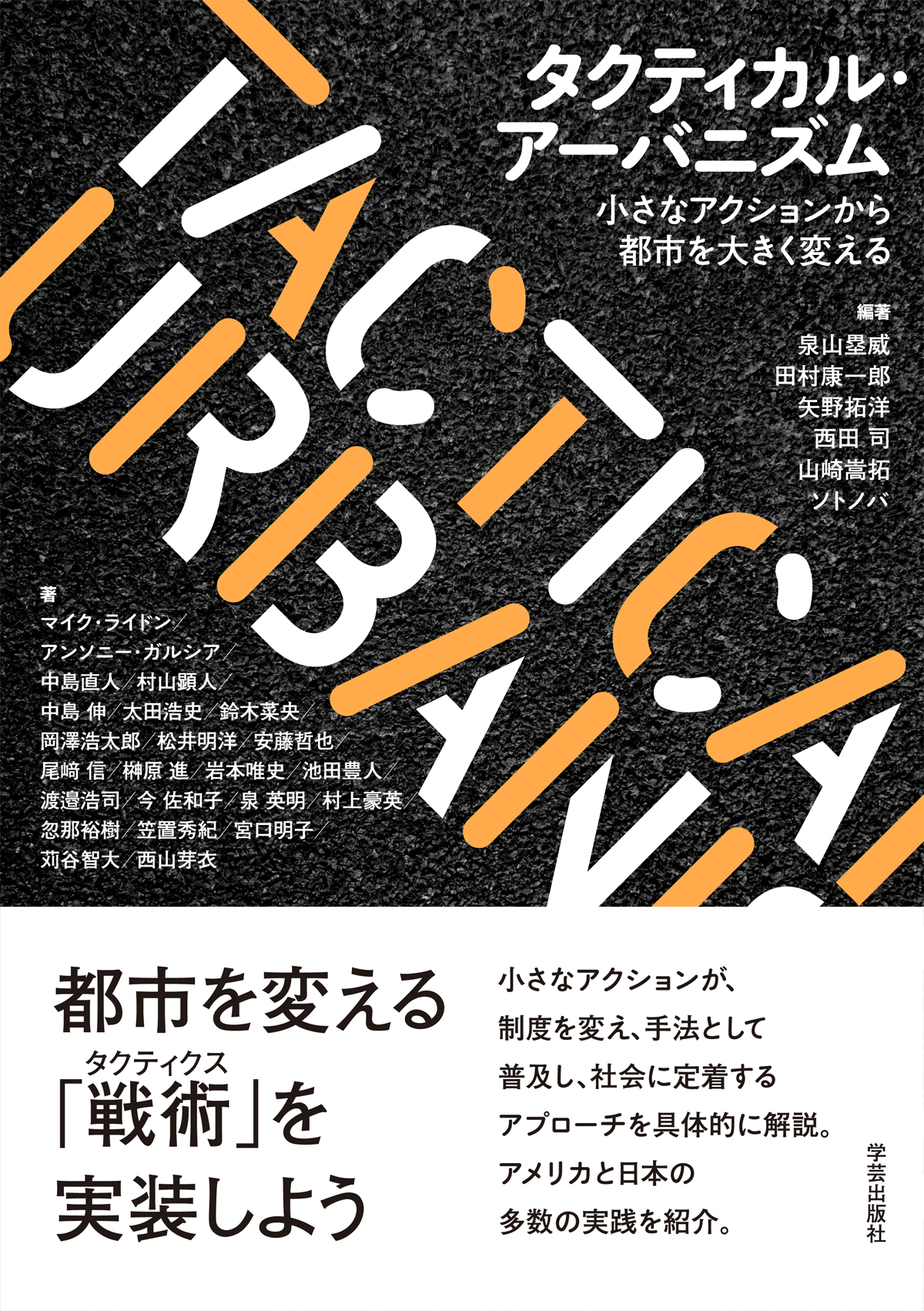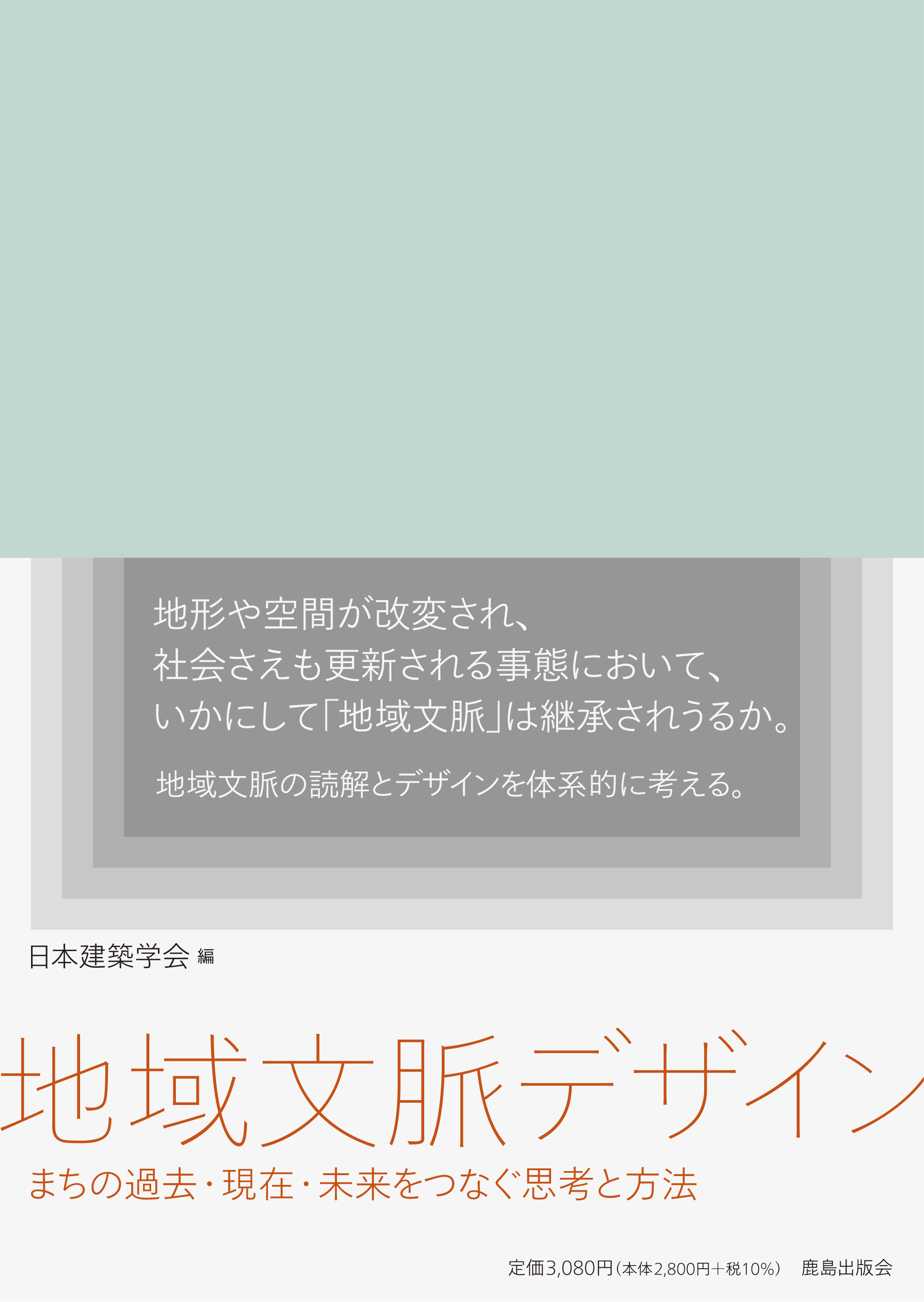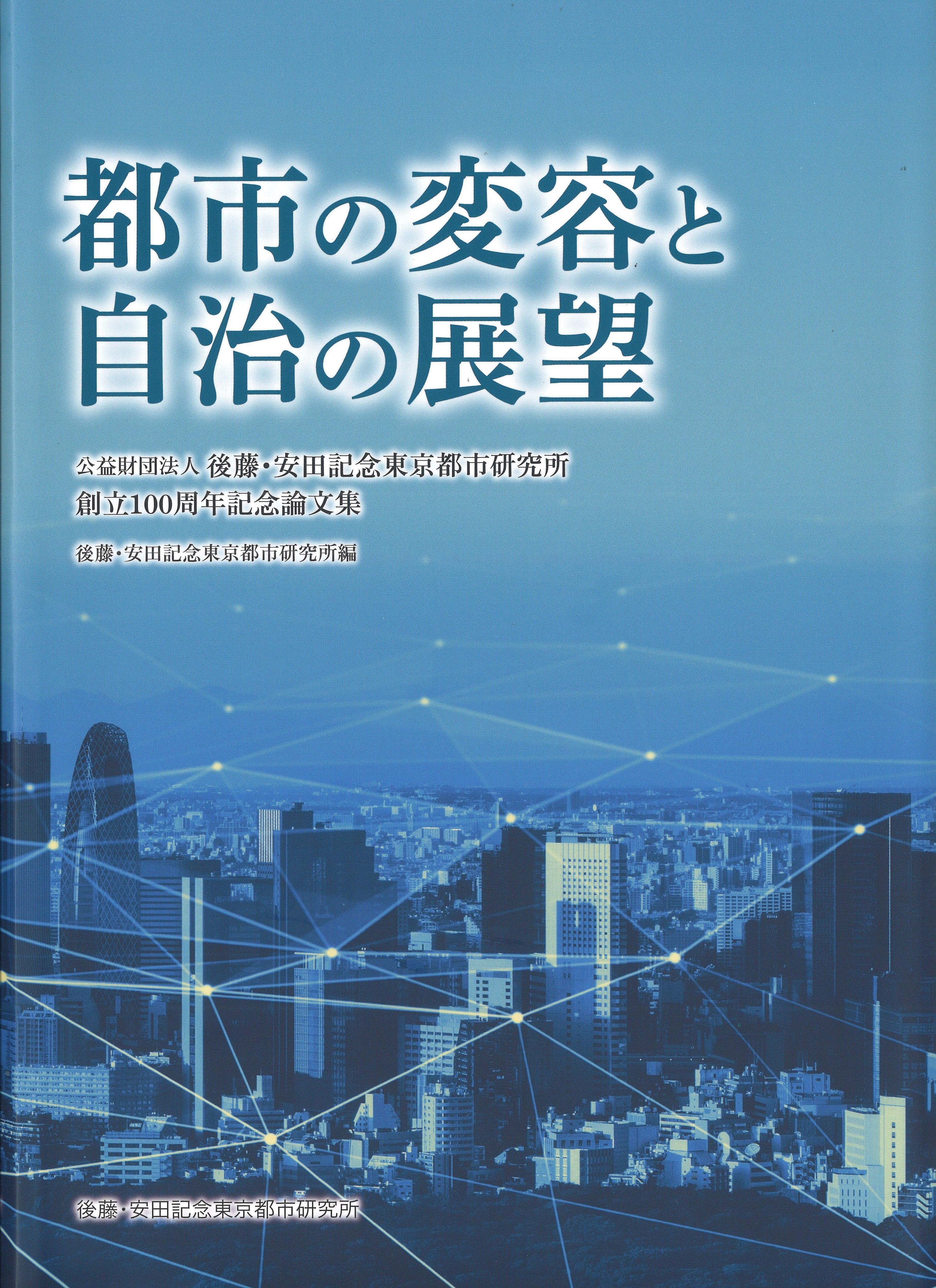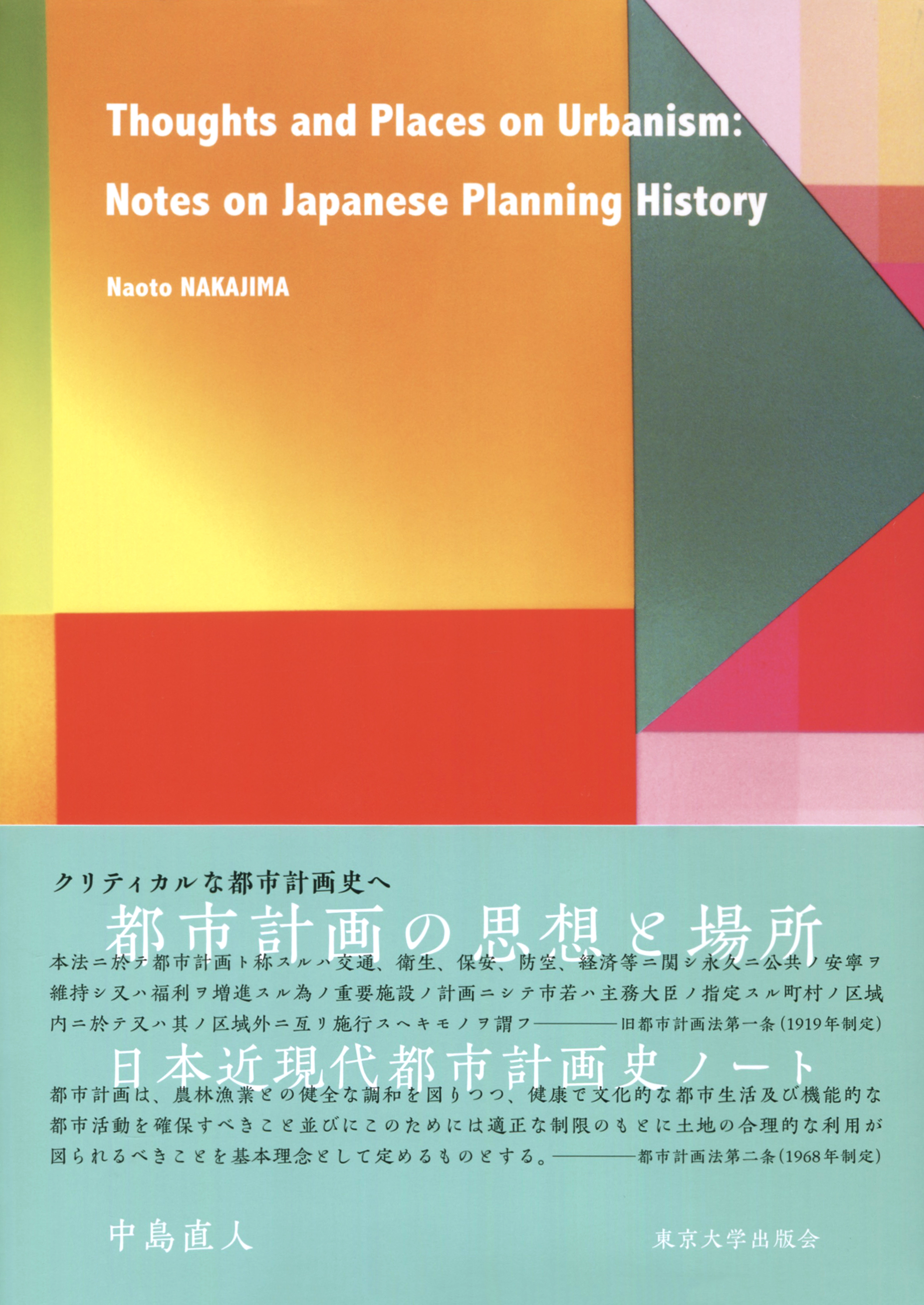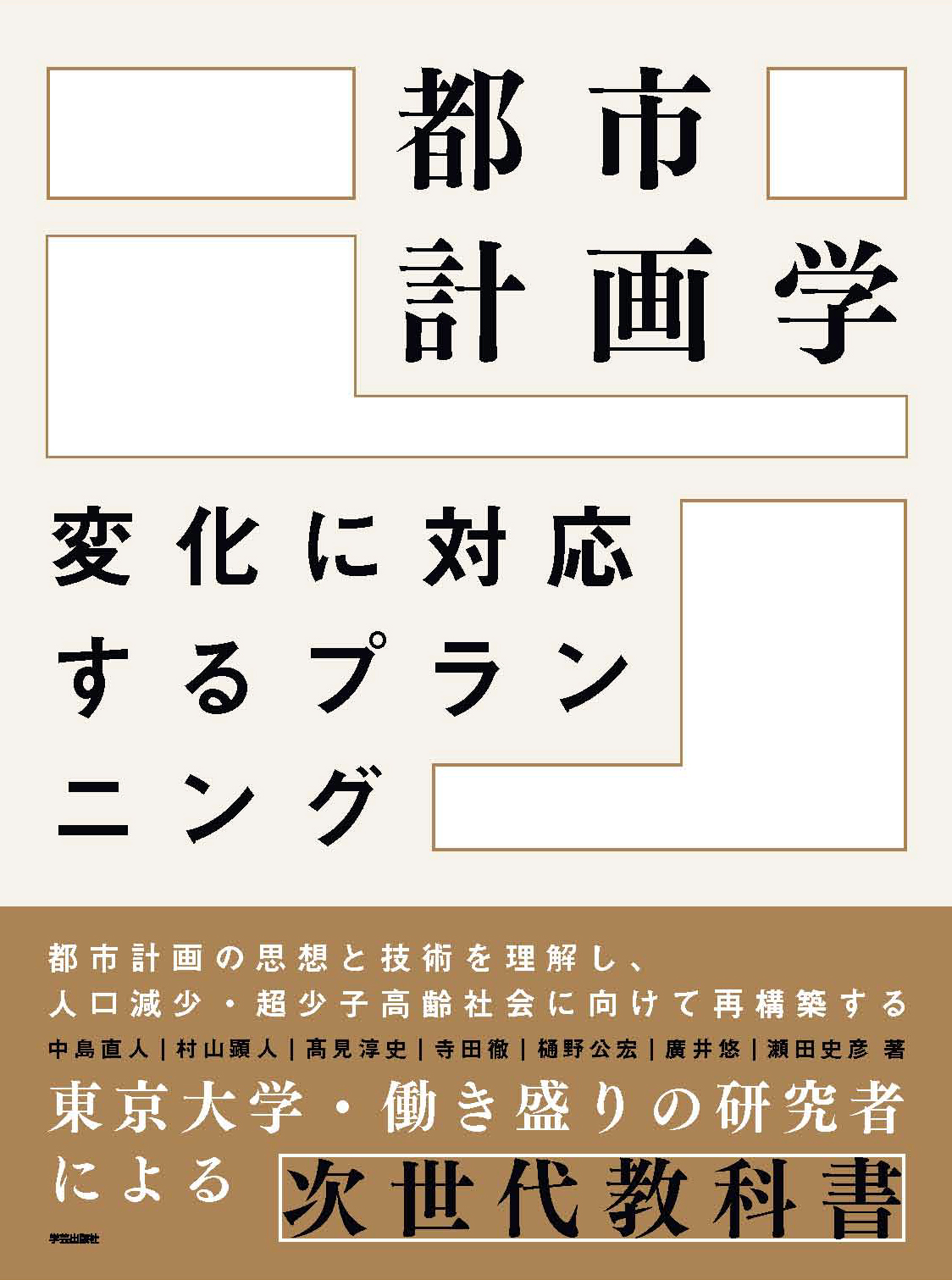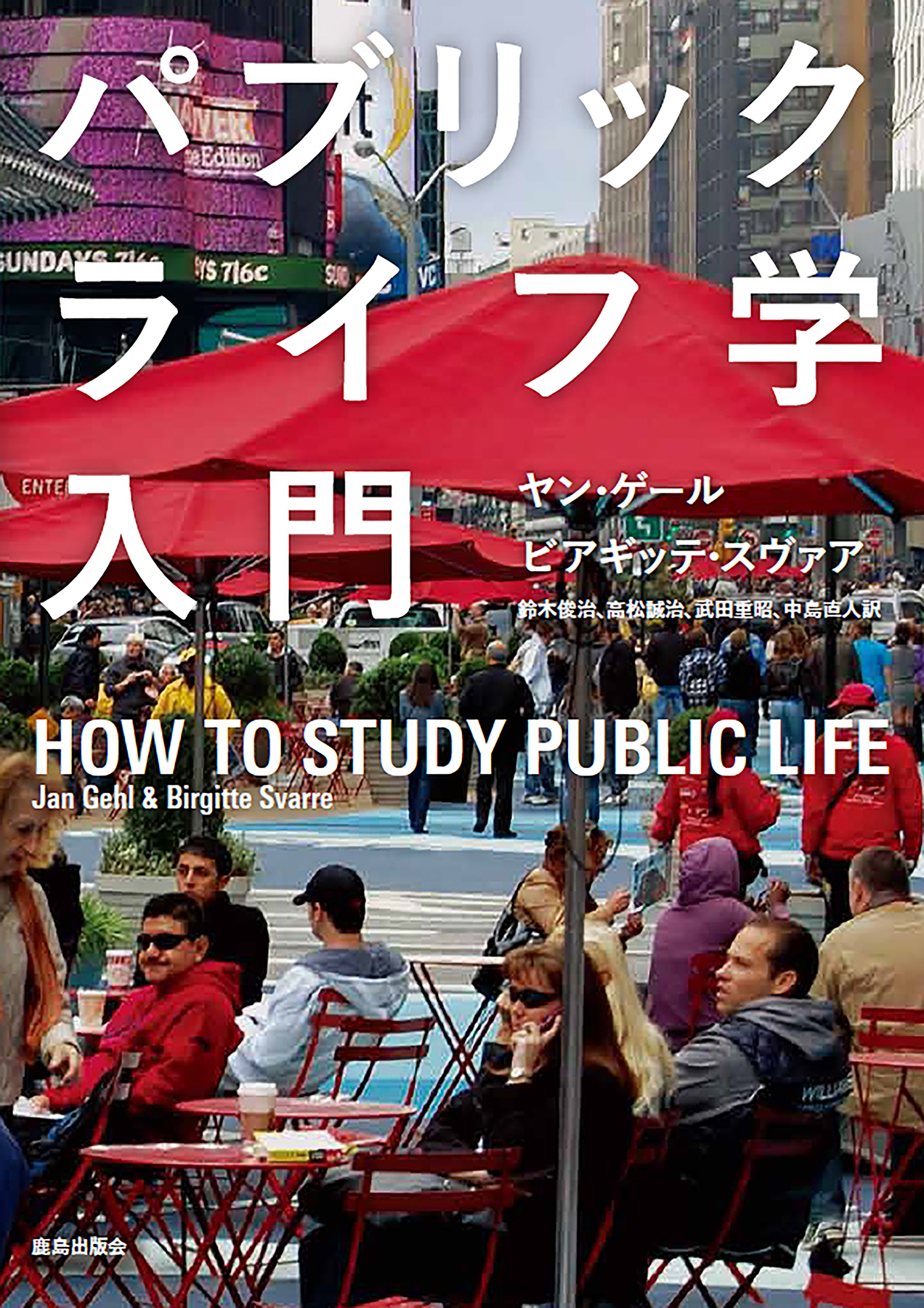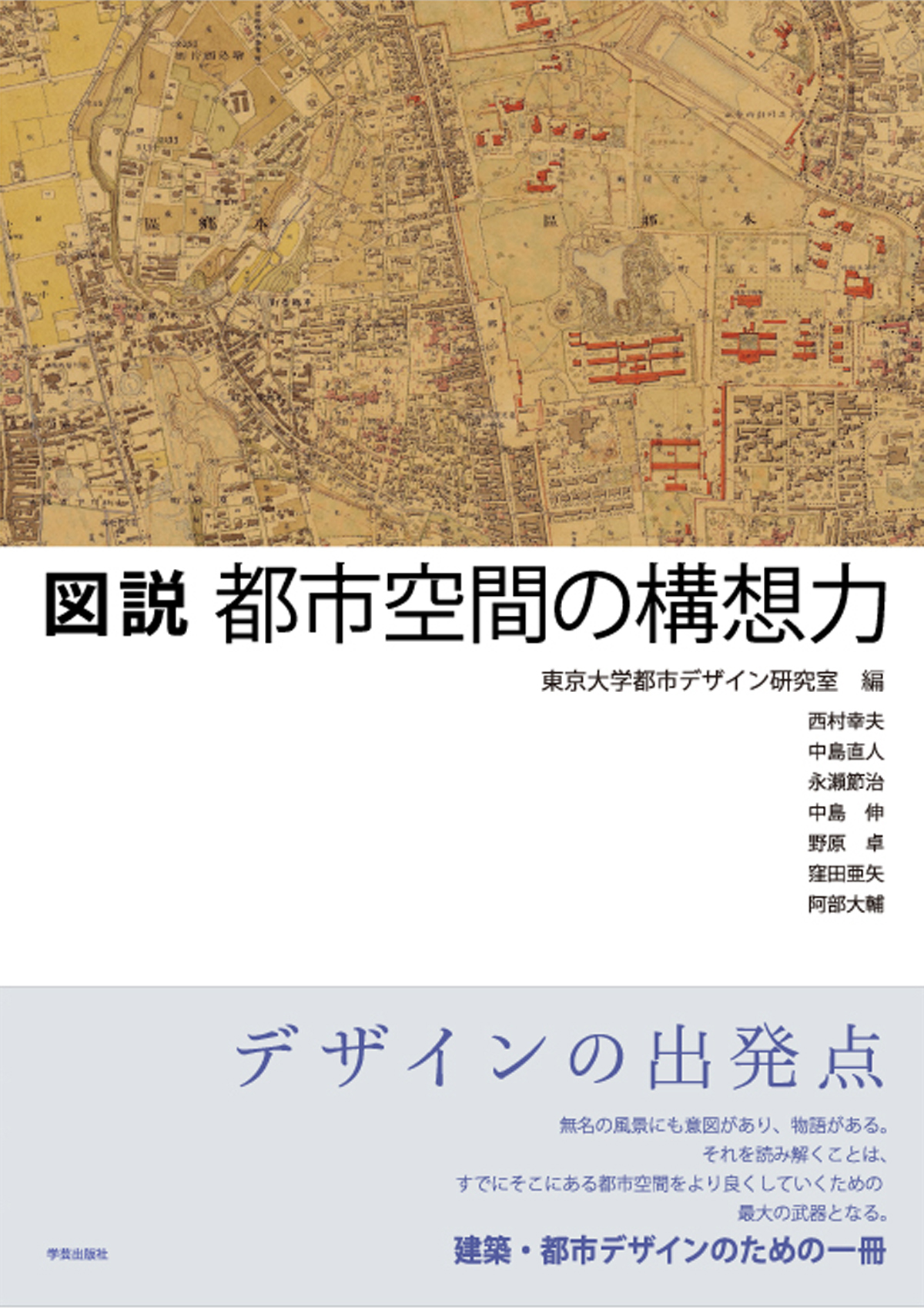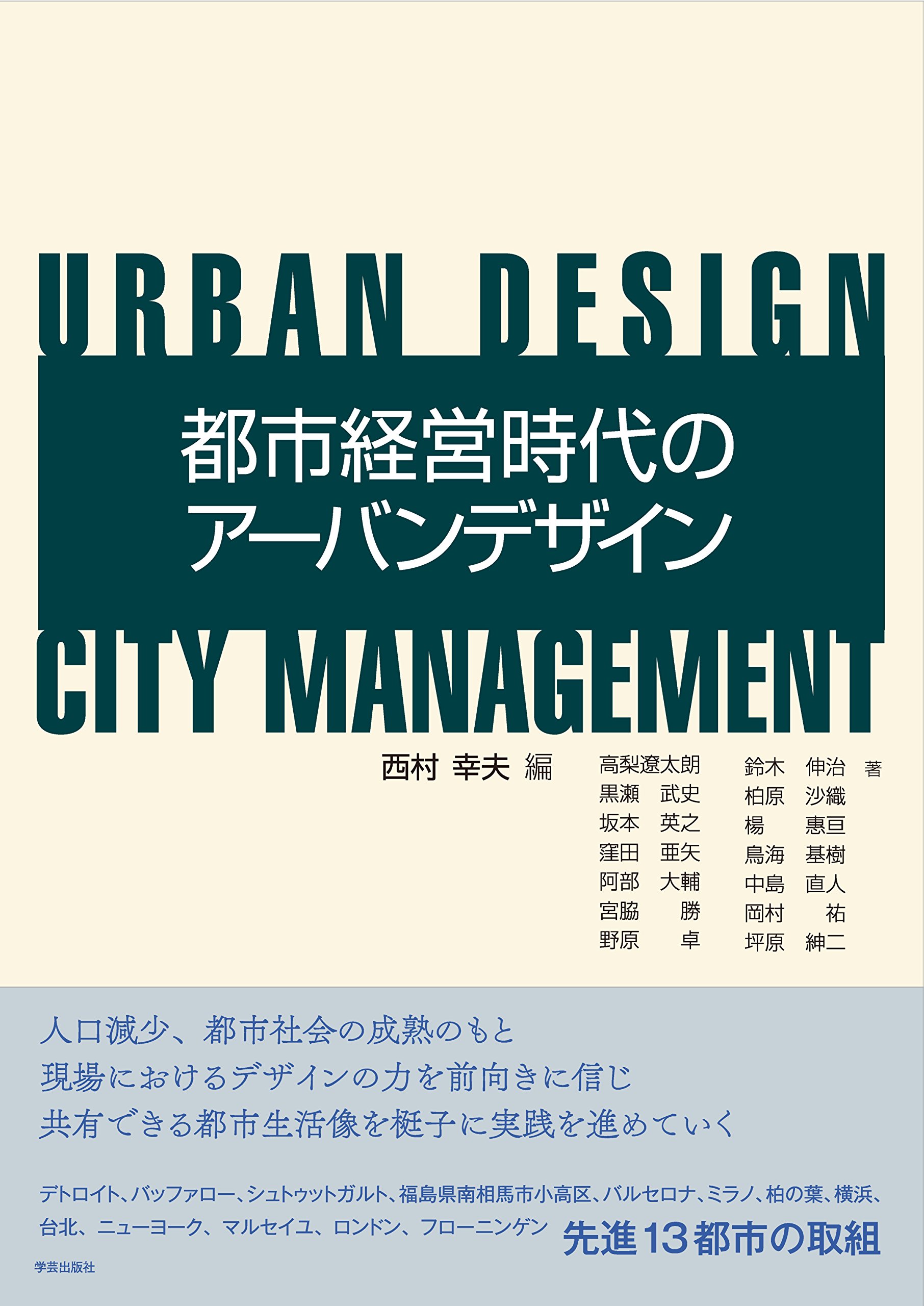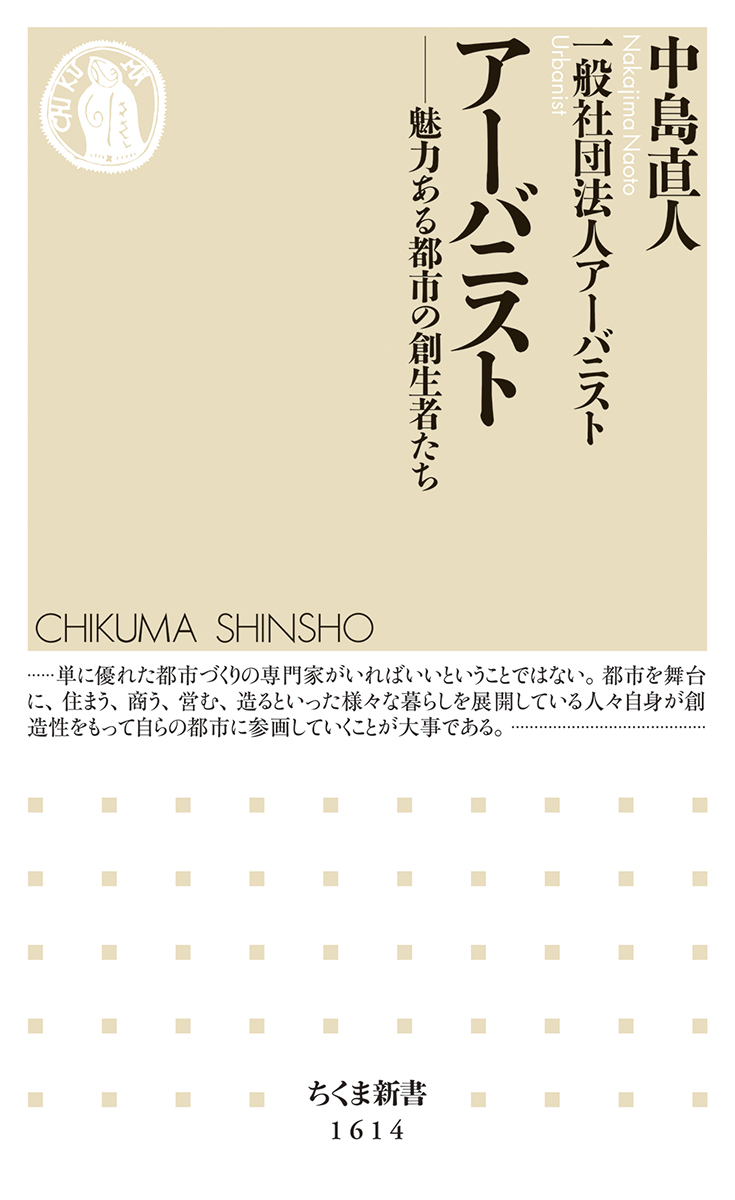
Title
CHIKUMA SHINSHO Urbanist (The Urbanist - Creators of Attractive Cities)
Size
320 pages, paperback pocket edition
Language
Japanese
Released
November 08, 2021
ISBN
978-4-480-07437-9
Published by
Chikumashobo
Book Info
See Book Availability at Library
Japanese Page
“We need more 'urbanists' and 'social entrepreneurs', not planners and surveyors, if we are to turn liabilities into assets’”—This declaration was issued in the urban renewal movement in Britain more than twenty years ago. The current volume describes urbanists as mentioned in the declaration: from their historical genealogy to various aspects of their activities in contemporary Japan. The volume defines an urbanist as someone who is “an urban planning specialist” and “someone who enjoys urban life” at the same time and active in both fields. In other words, in urbanists, creating cities and enjoying cities exist seamlessly in one person. In mature cities, or modern cities that are in the transition from “the era of construction” to “the era of use,” these urbanists play an important role. I would encourage young people, future urbanists, to tuck into this volume. The volume’s outline is presented below.
Chapter 1 focuses on the concept of urbanism as a way of understanding the urbanist and discusses its origin and development. There is urbanism as a normative concept originating from urbanisme, born in nineteenth-century Europe, and urbanism as a factual concept coined in urban sociology, born in early twentieth-century America. The two concepts are blended and diversified in contemporary urbanism. The concept of urbanism is frequently used in an overall trend from the problem = the denial of cities to urban attractiveness = the affirmation of cities. The urbanist is the bearer and practitioner of such urbanism.
Chapter 2 describes how the urbanist has emerged in Japan by reviewing the genealogy of urban planning specialists. In particular, the chapter highlights that from the 1990s onwards, an urbanist turn has started to flexibly re-comprehend the framework of expertise in urban planning.
Chapter 3 traces the genealogy of the affirmation of cities, which started in the 1960s. Starting with young people and poets who gathered in Shinjuku in the 1960s, the chapter describes the boom in the community magazine of the 1970s, urban studies in consumer and information society from the 1980s, and the new relationship between people and cities using public space and ZINE as keywords from the 2000s.
Based on the concept and genealogy of the urbanist discussed in the first three chapters, Chapters 4, 5, and 6 discuss the flow of transitions from different backgrounds to the urbanist by describing those who are active in contemporary Japanese cities: from the urban/architectural specialist to the urbanist, from the business sector to the urbanist, and from the artist/curator to the urbanist. Chapter 7 summarizes these people’s activities and identifies the following three points as commonalities among urbanists: 1. Modest attitudes toward the city and community; 2. Flexible literacy that produces relationships, and 3. Open spaces. Following this, the question is raised: How are these urbanists born? The chapter finds the future of cities in a circular relationship in which “the city produces people and people produce the city.”
(Written by NAKAJIMA Naoto, Associate Professor, School of Engineering / 2023)



 Find a book
Find a book


